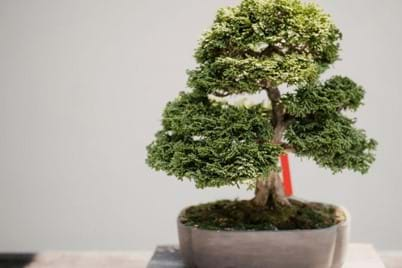This term applies to plants which have an effective life of three years or more. Some, under favourable conditions – especially in cool climates – may remain in the garden permanently. But in this chapter we will concentrate on those perennials which flower the first season from seed. Most perennials bloom at the same time each year, but a few, such as carnations, have been bred and selected to bloom over a longer time. As a rule, perennials which flower quickly from sowing seed (say, within six months) should be freshly sown each year, especially in warm climates. This does not mean that some, for example snapdragons, will not stand cutting back at least once to give a good display at their second flowering.
The term 'herbaceous perennial' refers to soft leafed flowering plants that die back completely each winter. Herbaceous borders are great features of many English gardens. They are used less here but Australia has some good examples, especially in cooler areas.
Flowering bulbs, like anemones and ranunculus, are perennials because under good conditions they continue to flower each season without special attention. Dahlias, which are grown from tubers, are included in the same category because the tubers carry over from year to year. However, bulbous type plants like these are not usually classified as perennials in the same way as carnations and hollyhocks, where it is the plant itself which persists.
Carnations, chrysanthemums, dahlias and some other perennials may be propagated from seed or by vegetative methods: plant division, cuttings or layers. They are not always grown from seed because most named varieties do not breed true to type. Plants grown from seed will vary in type and colour.
This information is from the Yates Garden Guide: fully revised & updated 44th edition, HarperCollins, $39.99. You can have this information and so much more at your fingertips by purchasing the Yates Garden Guide, available at all leading bookstores and Bunnings stores.








